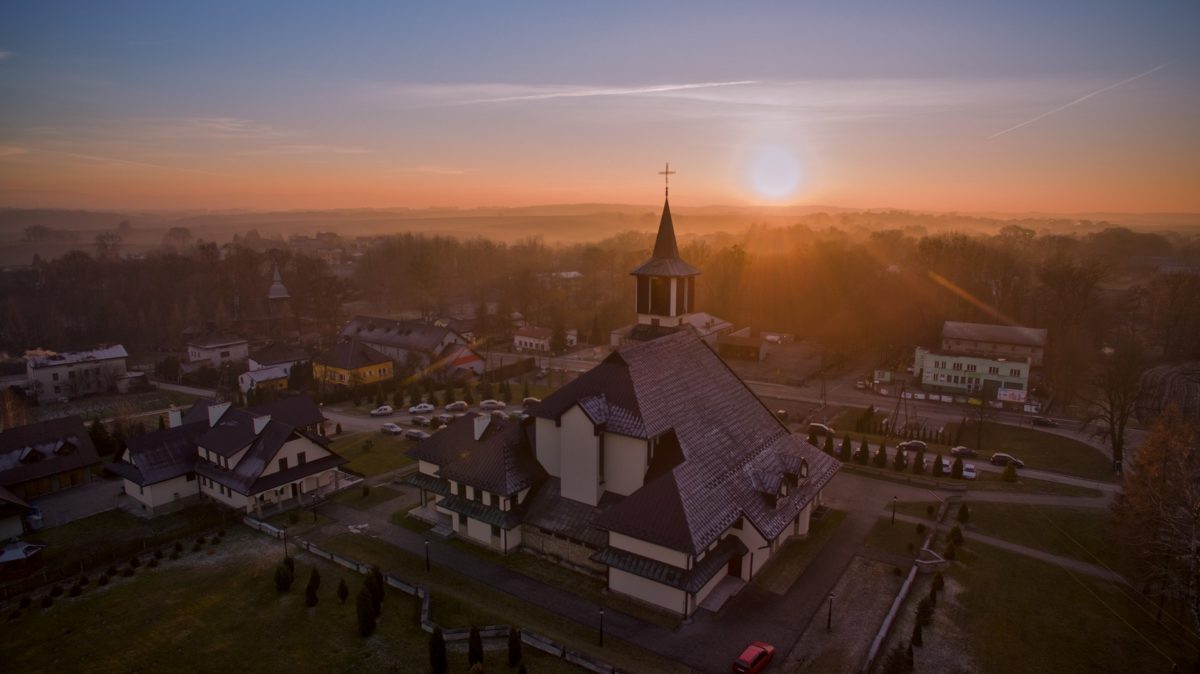Although polls regularly indicate huge public support for solar power, the issue of installing potentially unsightly panels on historic structures is an emotive one.
A study produced by academics from Sweden’s Uppsala University and architectural consultancy Gitter Consult AB has sought to establish when it is appropriate to install solar on historic buildings and how to do so with minimum visual impact.
In the paper Target-based visibility assessment on building envelopes: Applications to PV and cultural-heritage values – published in Energy and Buildings and on the ScienceDirect website – the authors recommended solar installed on historic buildings should take into account shading, visibility and cultural-heritage values.
In visibility terms, the impact on nearby residents should be the primary concern, wrote the authors of the study. They suggested PV arrays can be installed provided there is high integration with a building’s roof and no risk of damaging or distorting the fabric of the structure.
How much solar?
Popular content
The researchers proposed a new visibility assessment method for deciding how much roofspace could be considered legitimate for hosting solar, and tested it in the Swedish cities of Stockholm and Visby. The most restrictive approach would be to rule out all roofspace visible from street level and from the windows of other buildings, from hosting PV panels, wrote the authors of the study. “However, private space such as gardens, courtyards, windows from residential dwellings, etc. would be reserved for a limited number of observers and should logically not be given the same weight as the public space,” stated the report.
Twice as much historic roofspace could be deemed suitable for solar if only views from public spaces were taken into account, the rationale behind excluding views from windows in private properties being that such vistas could be blocked anyway by curtains or blinds, and therefore visual impact on such locations may be overestimated.
The proposed new model is said to perform well for buildings with simple roof topography but less so for more complex structures. “A priority for future studies should be to evaluate the accuracy of the building modelling,” the research team added.
The researchers claimed their model could also be used to assess the visual impact of solar in non-building-related contexts where visibility could be an issue.
This content is protected by copyright and may not be reused. If you want to cooperate with us and would like to reuse some of our content, please contact: editors@pv-magazine.com.



2 comments
By submitting this form you agree to pv magazine using your data for the purposes of publishing your comment.
Your personal data will only be disclosed or otherwise transmitted to third parties for the purposes of spam filtering or if this is necessary for technical maintenance of the website. Any other transfer to third parties will not take place unless this is justified on the basis of applicable data protection regulations or if pv magazine is legally obliged to do so.
You may revoke this consent at any time with effect for the future, in which case your personal data will be deleted immediately. Otherwise, your data will be deleted if pv magazine has processed your request or the purpose of data storage is fulfilled.
Further information on data privacy can be found in our Data Protection Policy.